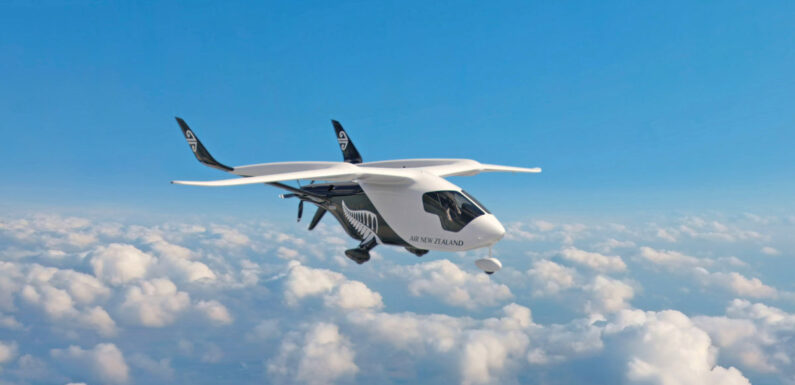
Air New Zealand (ANZ) plans to take its initial foray into electric flying in 2026.
And while the airline’s CEO, Greg Foran, knows that the five-seat aircraft it intends to begin operating that year isn’t likely to play a significant long-term role in ANZ, he says it will play an invaluable part in his carrier’s green journey.
“We know full well we’re not going to buy 500 of these and move people in groups of five around the country. That’s not our objective in doing it. But I can tell you, we will learn a whole bunch of things from this. And it will save us a lot of money and a lot of time down the trail,” Foran said.
ANZ announced Tuesday that it has purchased a single Alia conventional takeoff and landing (CTOL) electric plane from Burlington, Vt.-based Beta Technologies. The carrier will initially use the plane for cargo, operating on routes of approximately 100 miles. Eventually ANZ will likely acquire two addition Alia planes, Foran said in an interview with Travel Weekly, and use the craft for passenger operations.
The acquisition will advance ANZ’s Mission Next Gen Aircraft program, which aims to accelerate the airline’s progress toward sustainability, including eventually replacing its fleet of more than 50 Bombardier A300 turboprops, which it uses for domestic flying, with greener planes. Overall, ANZ has set a goal of reducing emissions by 10% by 2030 and reaching net-zero emission by 2050 — targets that are similar to many airlines around the world.
As an actual replacement for its A300s, Foran said he doesn’t see 100% electric aircraft as feasible. Battery technology isn’t close to advanced enough yet to transport 50 to 80 flyers on the 40-minute to one-hour domestic routes that are common for ANZ. Even on the short routes ANZ has in mind, charging the Alia will take about the same amount of time as the flight.
Foran instead expects that ANZ’s next-generation aircraft for shorthaul flying will either have hybrid-electric or hydrogen-electric propulsion.
But while those technologies evolve, ANZ will experiment with electric in order to get a head start on learning the many things Foran expects the carrier will have to grasp as it transitions to next-generation, green propulsion.
It’s a process other airlines around the world can also expect to go through.
“A lot of the stuff, we won’t even know what you don’t know yet until you start actually physically doing it,” Foran said.
As an example, he talked about recharging logistics. The process might sound straightforward, but Foran doesn’t expect it to be.
Processes such as recharging in heavy wind and inclement weather will have to be perfected. Training requirements must be determined. And details such as where to charge, cord lengths and cord attachments will have to be worked out.
“Each component of this going to be something that you’re going to learn. And the value of doing that is absolutely incredible,” Foran said.
Air New Zealand, he said, hopes to be well positioned to start introducing hybrid-electric or hydrogen-electric planes for its shorthaul flying by 2030, he added.
Source: Read Full Article









